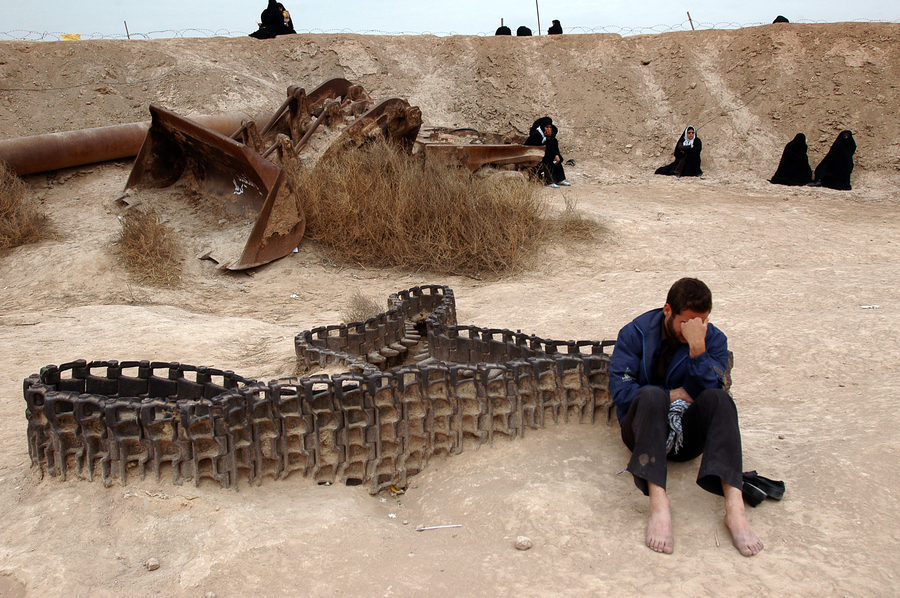War tourism will certainly not evoke joy and is definitely not a recreation as other types of tourism, but it nevertheless has its own place in tourism and as part of the history of travel.
War tourism has its roots in last century’s devastating world wars, and it was just after the Second World War (1939-1945), with some 75 million deaths - based on some records - that the term war tourism became widespread, as a subsector of dark tourism, according to Persian daily Forsat-e-Emruz.
Many experts claim tendencies for such harsh type of tourism, is the result of growth in postmodernist trends, where the aftermath of human species’ brutality and voracity for power, too, can act as an attraction for the future generations; with motivations ranging from reviving the bitterest memories of the past, or taking a lesson home.
War tourism furthermore, recalls the benevolent people who devoted lives to give lives to others. And now, preserving what they left behind, as is the concern of war tourism, like a single boot, a shawl, a canteen, and ruins of a trench, can revitalize the ways of those people.
On the other hand, presence of visitors in the war-stricken regions and former war zones can play a critical role in bettering their economic conditions.
Ilam and Khuzestan are among Iran’s main provinces that begot scars of war during the 1980-1988 Iraqi imposed war, yet the two are still among the underprivileged provinces.
They can receive visitors, in regions like Mehran, Dehloran, Dasht Abas, Changole, Chavar, Sharhani, and Qalavizan in Ilam Province; and Khoramshahr, Abadan, Arvand, Minou Island, Hoveyzeh, and Shalamcheh in Khuzestan.
In winter, when other destinations are freezing, these warm areas of the south and southwest can offer great ambiance.
In addition to the war heritage, the dwellers of such regions have a lot more to offer. Being of Kurd, Arab, and other ethnic groups, they have special traditions and rituals, which can be attractive for every visitor. Handicrafts, as another asset to boost the economy, are sold in the local markets. Most of these potentials, however, are still untapped.
Currently large numbers of people, from students to common folks, visit the areas in the form of caravans; however they are usually from a particular stock, as such tours are not favored by many. Now, the most central work to do is to tailor war tourism to the tastes of more people.
War museum is a place to safeguard memories and more than that, values. However, the ways in which the task is done defines whether people will like or dislike it. Countries such as Russia and North Korea, have built great war memorials. In Iran however, there is a long way to go.


